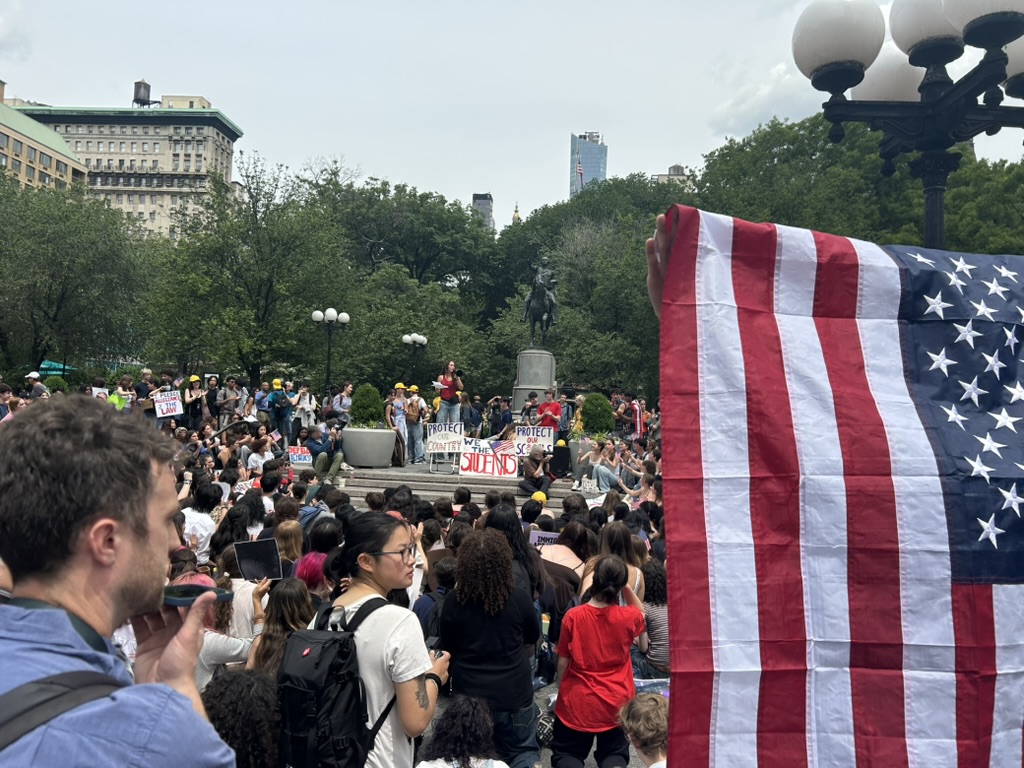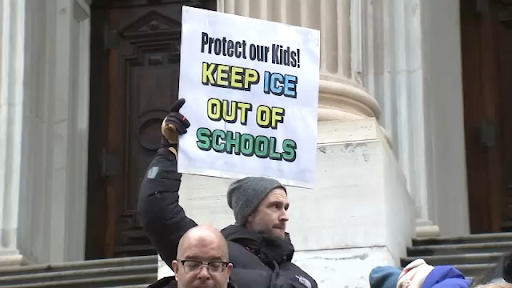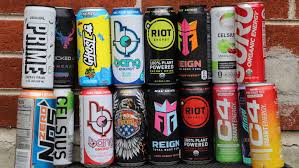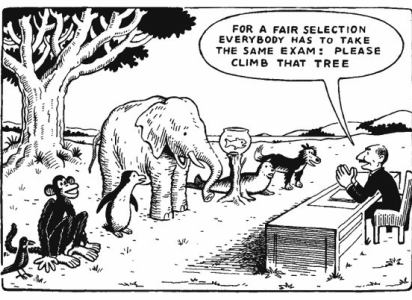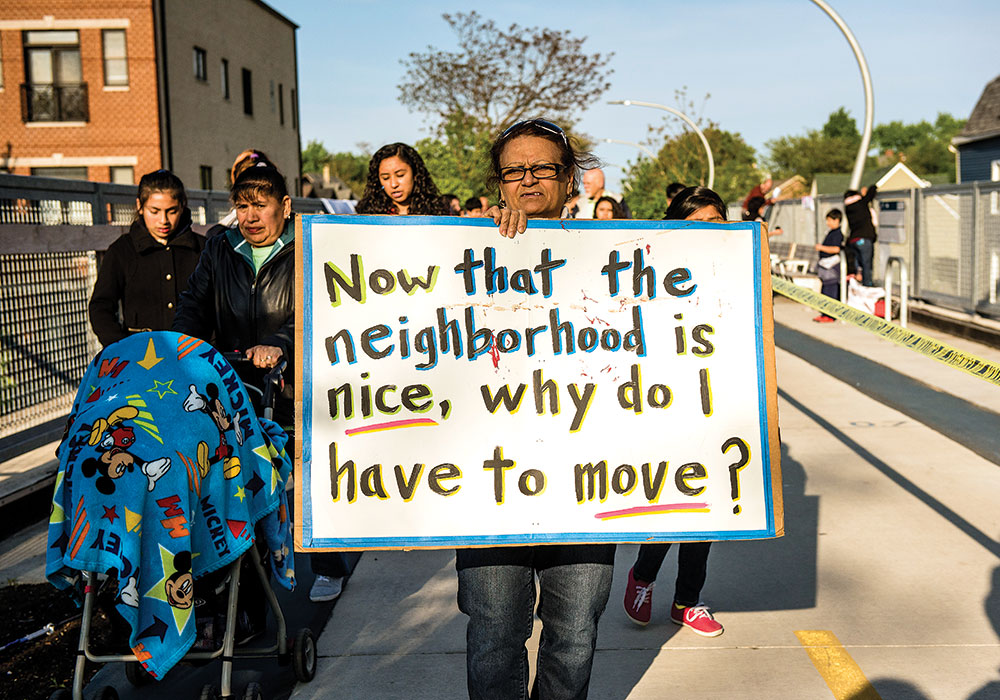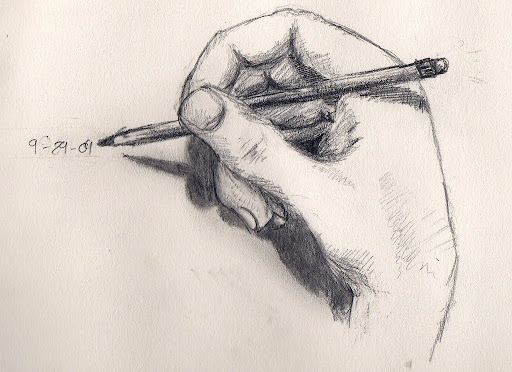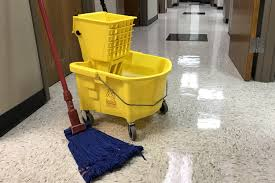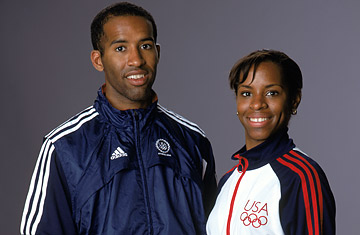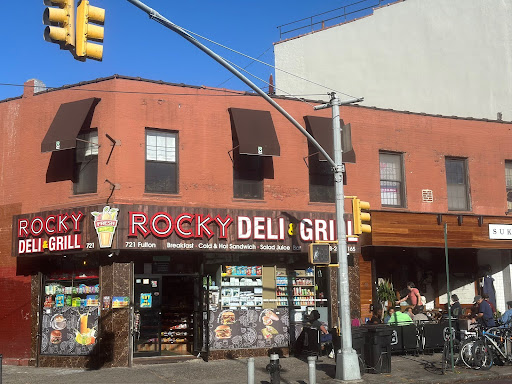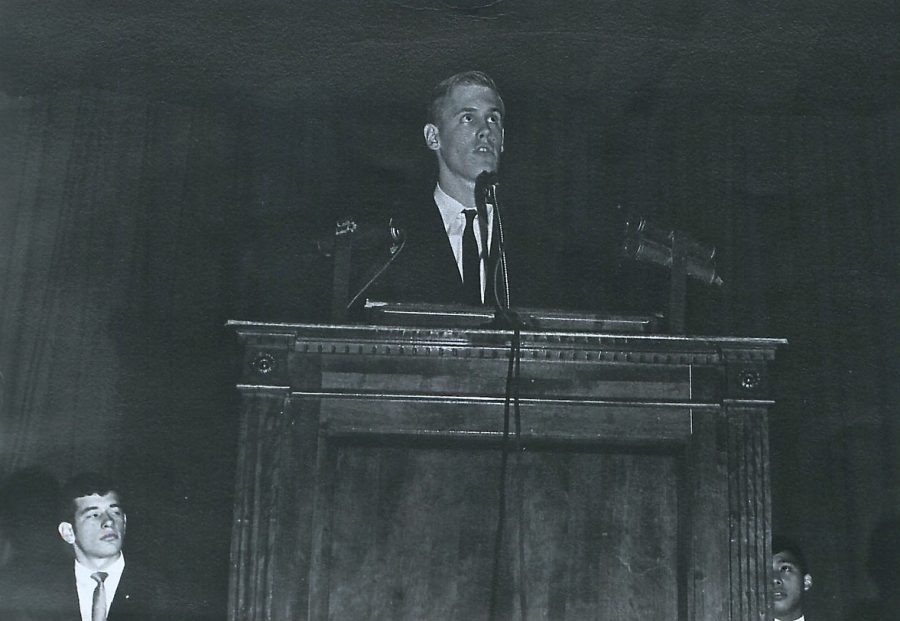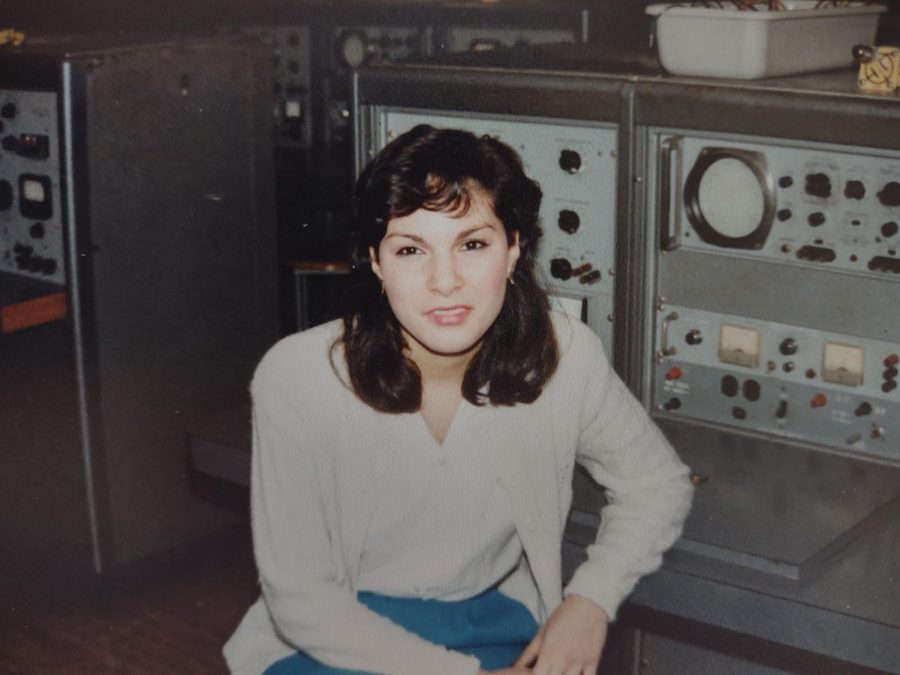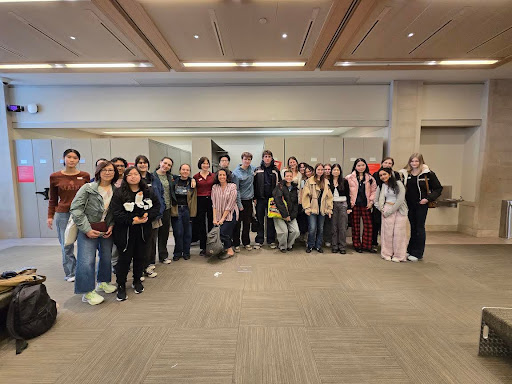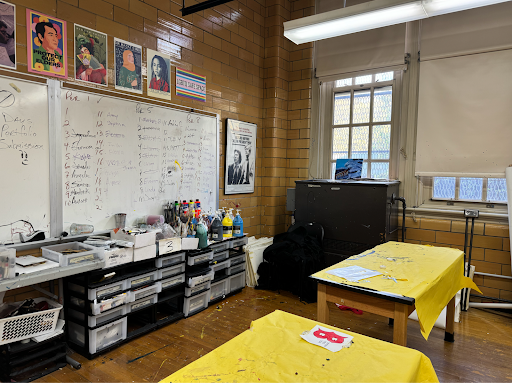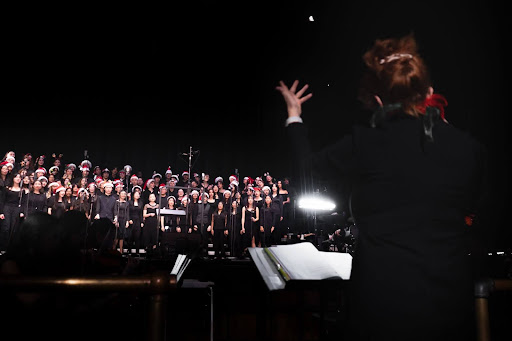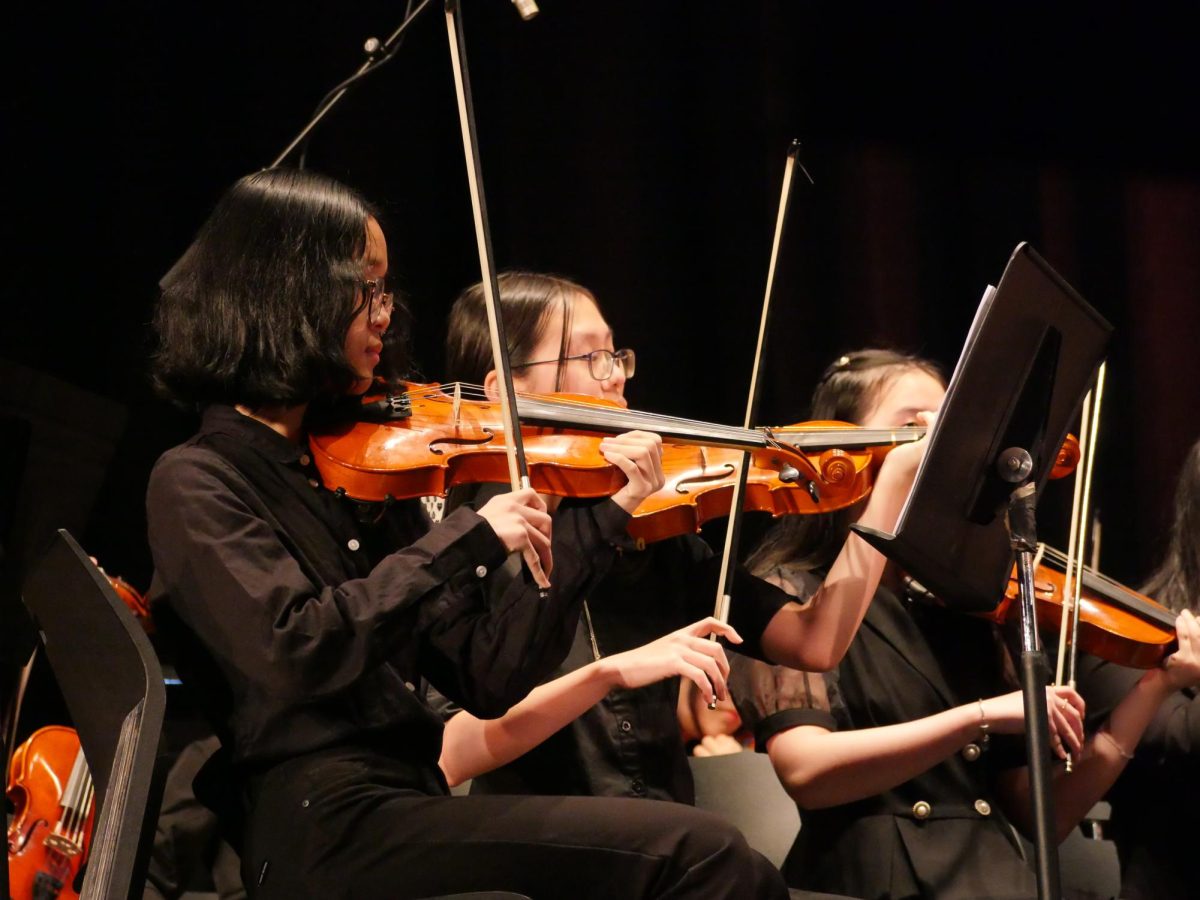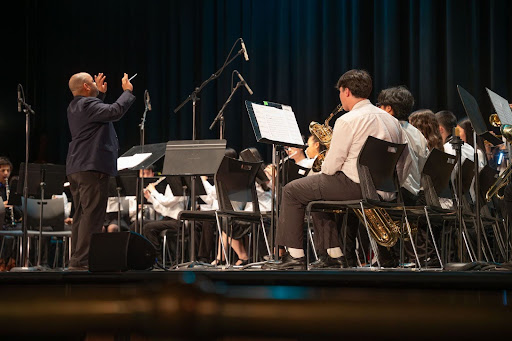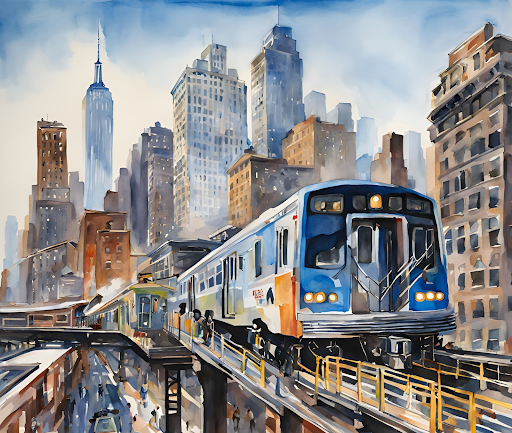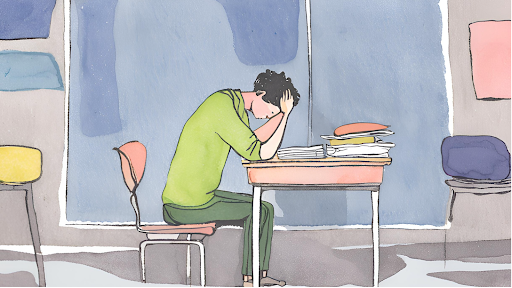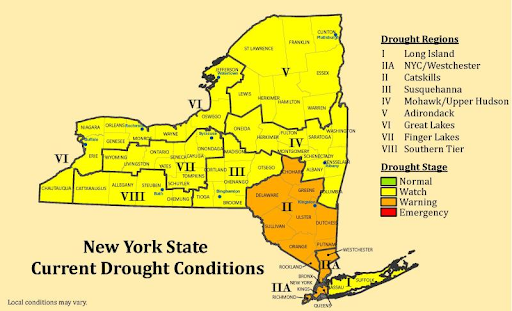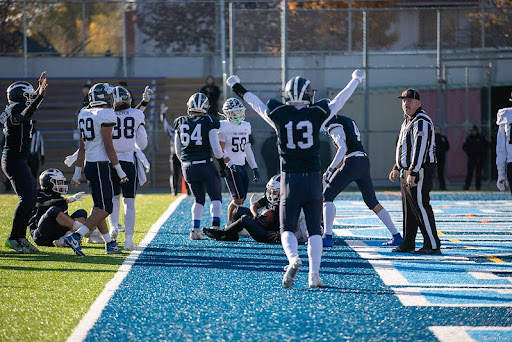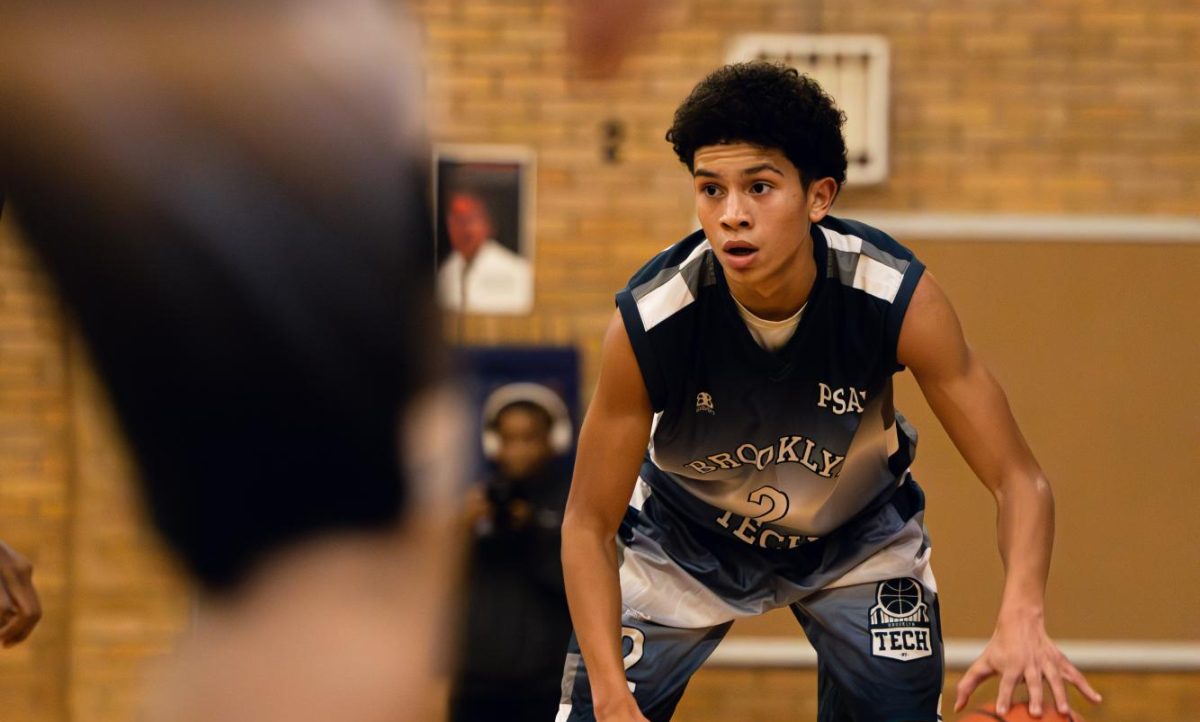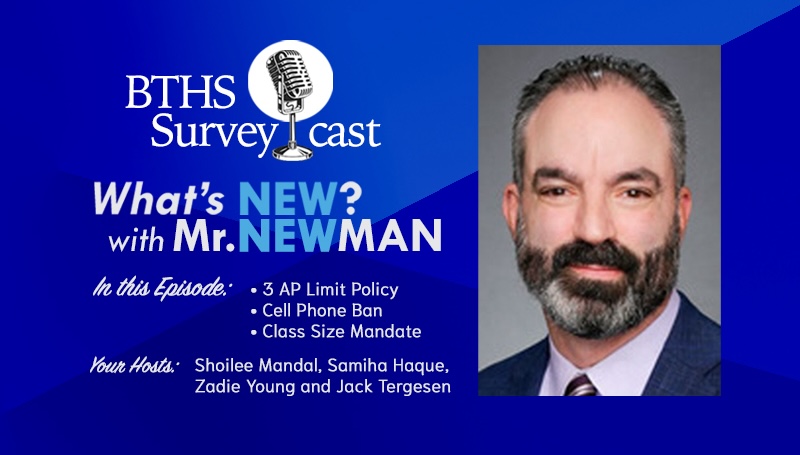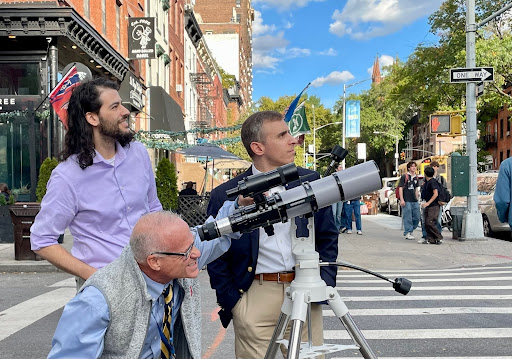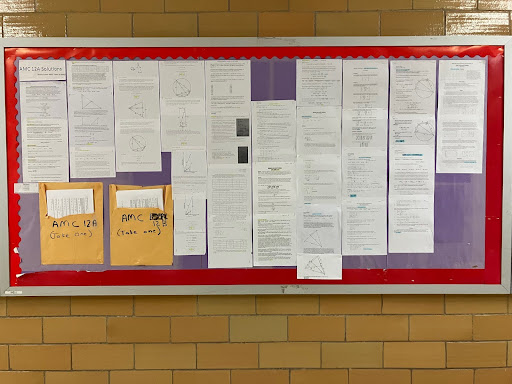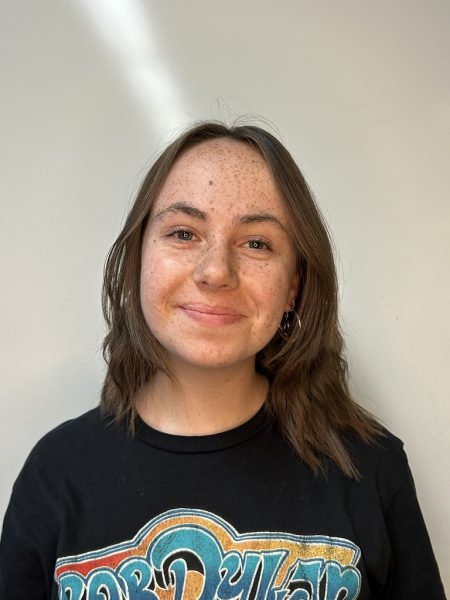On Sunday, November 18th, Mayor Eric Adams issued a drought warning for areas II and IIA of New York State, encompassing all of New York City as well as ten other counties in the state. In addition, he paused the $2 billion Delaware Aqueduct Repair Project, meant to close a leak in the city’s water supply system. New York is currently one of 48 states experiencing dry conditions, with over 45% of U.S. territory also in a drought.
New York State’s drought warning places it in the second of three stages of water conservation: watch, warning, and emergency. The last drought warning issued to the city was in 2002.
According to The New York State Department of Environmental Conservation (NYSDEC), steps taken during a drought warning include an increase in voluntary water conservation, entailing measures like taking shorter showers or not running the faucet.
The warning does not restrict citizens’ water use, but it urges them to conserve water. In a speech on November 2nd, Adams said that “New Yorkers come together in times of crisis, and right now, amidst the driest spell in recent memory, we need New Yorkers to do just that and conserve as much water as possible.”
One mandated step in addressing the warning is the creation and implementation of drought contingency plans by local agencies and public water suppliers. As a result, Adams announced that city agencies will take action to conserve water, including limiting use in city parks, reducing vehicle washing, and instituting water conservation awareness programs in public schools.
In a press release on November 18th, Adams also announced that the Department of Environmental Protection (DEP) would pause repairs on the Delaware Aqueduct, a tunnel bringing drinking water to NYC. The project, which the DEP has worked on for the past decade, aims to seal a leak in the tunnel that causes daily losses of 35 million gallons of drinking water. The bulk of construction focused on the attachment of a 2.5-mile long bypass tunnel near the site of the leak. The final phase of the $2 billion project was launched in late September.
The Delaware Aqueduct delivers over half the city’s water, making it critical infrastructure during a water shortage. Adams promised that the project will resume as soon as possible, but according to DEP Commissioner Rohit Aggarwala, the project is only possible during the winter months, when water use is low. Adams’ decision would postpone the project to October 2025 at the earliest.
Due to the leak and its subsequent repairs, the city has increased its reliance on water from the Croton Watershed, one of NYC’s three water supply systems. Unfortunately, according to the Office of the Mayor, the watershed is “receiving only .81 inches of rain this October, compared to historical averages of 3.81 inches of rain for the month.”
Though many may have enjoyed the unseasonably warm weather throughout the fall and early winter, it represents a trend in weather patterns across the country that has many citizens concerned.
“I remember needing full hats and scarves to go to school in November back when I was in elementary and middle school, and now I can get away with walking home with only a t-shirt,” said Sasha Pirozzi (27’). “[The weather] staying warm so late in the year makes me worried about the effects of climate change on our environment, and how they are much more immediate and tangible than people expected.”
Dr. William Cheung, an AP United States Government and Social Science Research teacher, agreed, placing unseasonable temperatures in a wider context.
“Whether it’s the orange sky or the flooding, New York City won’t be safe from climate change,” said Cheung. “We might think that climate change only affects islands or coastal cities. That’s not true.”
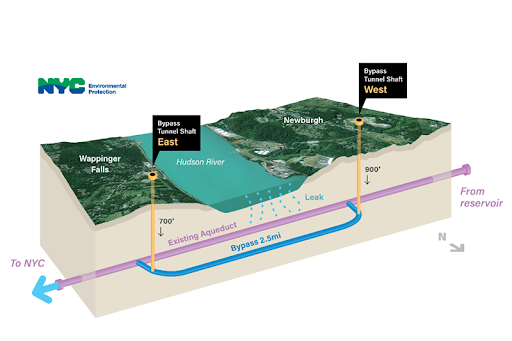
Due to the unusually dry fall, wildfires have broken out across New York state and parts of New Jersey. A Survey poll found that 61% of respondents felt they had been affected by the wildfires, including smelling smoke.
On Friday, November 8, a brush fire broke out across two acres of Brooklyn’s Prospect Park, causing a lingering smell of smoke in the area. In a statement the next day, Governor Kathy Hochul mentioned additional fires in Sterling State Park and Ulster county.
“We can’t just expect forest fires from Canada, we can now expect forest fires in Prospect Park because of the drought,” Cheung added.
Social Science Research major Clarissa Kunizaki (26’) noted that she was able to smell smoke when brush fires flared up in NYC.
“The drought is just a manifestation of our ongoing inability to address climate change issues effectively,” she lamented. “I feel like I’ve gotten used to hearing fire trucks, which is so crazy.”
According to NYC Fire Commissioner Robert Tucker, a record high of 300 brush fires have broken out across the five boroughs in December. In response, the Fire Department of New York (FDNY) announced the creation of its first Brush Fire Task Force, which aims to address the fires occurring across the city rapidly and effectively and analyze their patterns to prevent future fires.
“You may enjoy the beautiful weather in November, but the reality is climate change is real and is impacting our city,” warned Adams in his November 18th speech.
The weather outside is changing, and Dr. Cheung believes that Brooklyn Tech’s curriculum should as well.
“At school, we keep on acting as if things are going to go on as they are forever, without factoring in the drastic changes in our ecologies,” he said. “By teaching content about climate change, by having students think about their powers together instead of just their individual scores or their individual outcomes, I think it’s necessary for us to face this challenge on a larger scale.”

